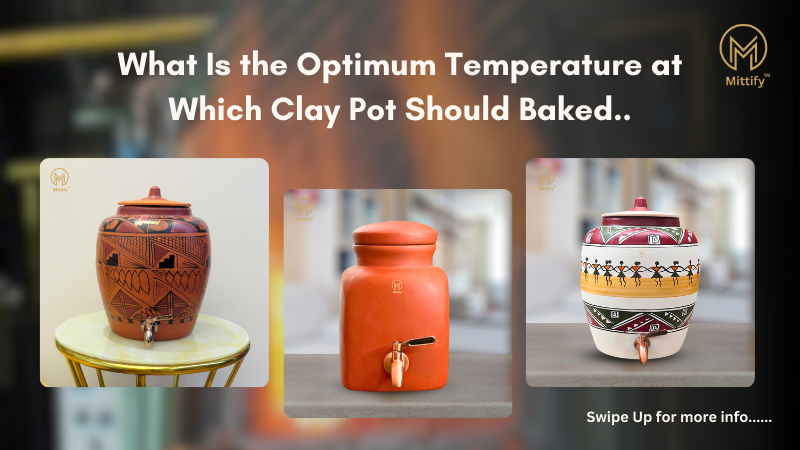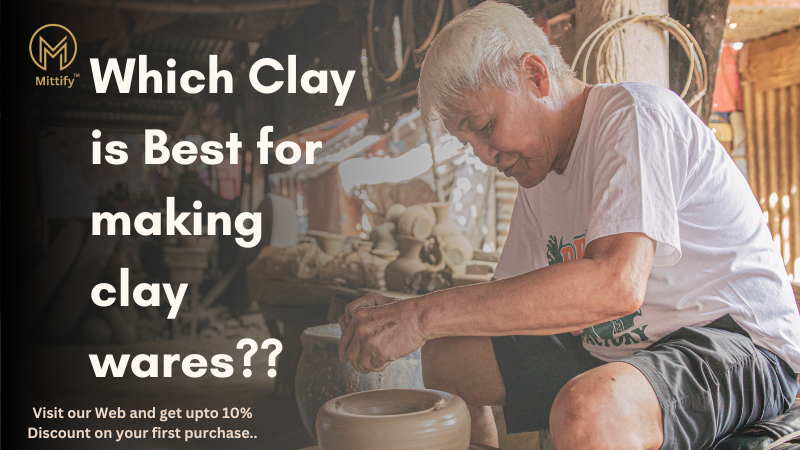Baking clay pots is a kind of Craft as well as Science, where precision, material, and temperature control shall play an important role. In this article, I will discuss two aspects of making clay pots-the best temperature to bake clay pots and the kind of clay that is suitable for making high-quality wares.

1. Why Bake Clay Pots at 400°F to 475°F?
Baking clay pots at 400°F to 475°F is very important in the drying and hardening process before the final firing. Here is why you need to keep your temperatures within this range:
2. Evaporation of Water:
At this temperature, clay loses internal moisture without developing cracks or explosion during firing.
3. Pre-Firing Hardening:
In this condition, the clay should become firm enough to be handled for decorating or glazing without losing its shape.
4. Preparation of Clay Being Ready for High-Temperature Firing:
This stage allows the ware to stand stable and is ready for bisque firing (normally about 1,800°F to 2,000°F). This step increases the strength given to the clay.
The important note with this range is that it is critical in drying, though it is just the very first stage. The final firing will take place at a very high temperature, very much dependent on the type of clay.
Which Clay is Best for making clay wares??

For traditional clay wares, Earthenware clay is the most commonly used material. Here’s why:
- Low Firing Temperature:
Earthenware requires lower firing temperatures (1,800°F to 2,100°F) compared to stoneware or porcelain, making it energy-efficient. - Workability:
This clay type is soft, malleable, and easy to shape, ideal for beginners and artisans alike. - Cooling Properties:
Earthenware is porous, which allows it to retain water’s cooling effect—perfect for crafting traditional water pots. - Glazing Compatibility:
When glazed and fired, earthenware becomes non-porous and durable, suitable for functional wares like plates, bowls, and cookware.
For more advanced applications, stoneware clay may be chosen for its durability, and porcelain clay for fine, translucent pottery.
Signs of Good Clay Wares and Methods of Usage After Purchase, Identifying High-Quality Clay Wares
To purchase clay wares safely and durably, consider the guidelines below:
Material Quality:
Well processed clays must form earthenware, stoneware, or porcelain-wares.
There should not be any visible cracks and inconsistencies; thus, smooth and uniform textures are highly recommended.
Firing and Glazing:
A well-fired clay ware is sturdy to touch and rings when tapped lightly by the finger.
Cookware and tableware should have a glaze well applied, keeping them non-porous and food-safe.
Finish and Design:
Even finishing: no chips, bubbles, or unintentional rough edges
Traditional patterns or handmade ones give a touch of craftsmanship, which also implies quality.
Weight and Thickness:
Moderately thick cookware retains heat better, while lightweight clay wares are suitable for decor or light use.
Seller Reputation:
Buy from reputable brands or artisans known for quality clay products.